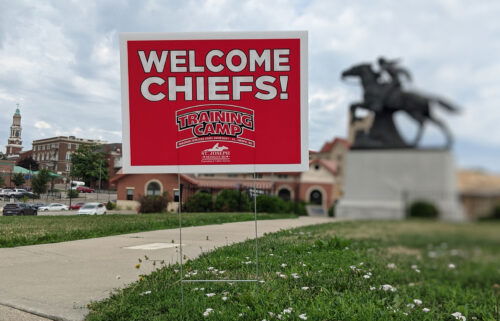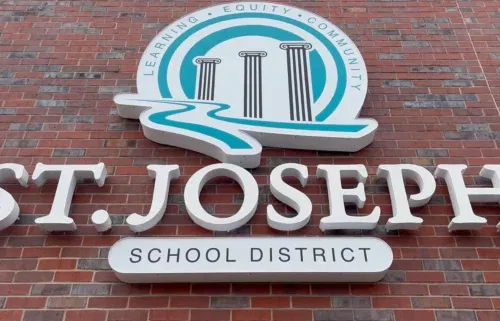A marathon becomes a sprint
By NewsPress Now
When contemplating this year’s tumultuous presidential election campaign, consider one startling piece of information.
It’s not even Labor Day.
Who knows what kind of October surprise is in store for us? An economic downturn and a wider war in the Mideast are possibilities that would jolt the campaign and make things more difficult for the party that’s already in the White House. Americans shouldn’t be surprised after already witnessing a felony conviction of one candidate, a historically bad debate performance by another, an assassination attempt and a major shake-up at the top of the Democratic ticket.
Amid this turmoil, one thing is certain. This year’s campaign is a more condensed version of a traditional race for the White House. Kamala Harris emerged as the Democratic candidate with about 100 days to go before the general election, a switcheroo that some see as an organized effort to slip an unknown quantity into the race at the last minute.
These fears are overblown, at least on the point of not having enough time to learn about a candidate. Plenty of countries call snap elections and have 100 days or less to determine national leadership. In the United Kingdom, the call to dissolve parliament came on May 22 and the elections were July 4.
Granted there are plenty of differences, especially in the way that the party leader is the de-facto candidate for prime minister in a lot of parliamentary democracies. But the point is that American election campaigns, to partially paraphrase Thomas Hobbes, are nasty, brutish and extraordinarily long.
This year, a shorter race might bring a respite from the venom and special interest money that we endure every four years.
With less time to scrutinize candidates, it becomes imperative for the media to stop the fawning honeymoon coverage and start asking tougher questions, particularly on why Harris now has more centrist positions compared to her campaign in 2020. Four years ago, she wanted to spend $10 trillion to combat climate change, defund the border patrol and ban fracking and private insurance. Certainly, the question of who Harris is (politically speaking) deserves as much scrutiny as Donald Trump and his ties to Project 2025.
After experiencing a head-spinning summer, the public can expect a bumpy ride as the campaign turns to fall. At least it looks to be a shorter ride this year.
Vote doesn’t answer all tax questions
It comes as no surprise that voters gave overwhelming support to a 10-year extension of the city’s local use tax.
The public likes two things about this tax: It goes to repair city streets and it is perceived as something that someone else has to pay.
This tax, levied on the purchase of goods from out-of-state vendors, has always been hard to explain. Broadly speaking, the use tax is triggered when bigger-ticket items like vehicles or furniture are purchased out of state or when construction firms buy equipment outside of Missouri for use in Buchanan County.
Things got more complicated after the state’s Wayfair tax – commonly known as an online sales tax – took effect in 2023.
The city acknowledges a significant spike in use tax revenue after Wayfair took effect, but that might be due to the murkiness of North American Industry Classification System (NAICS) coding used to determine whether a particular purchase falls under Wayfair (an online retail sale) or local use (an out-of-state vendor).
With the use tax extended another 10 years, the city should continue evaluating NAICS coding to determine if sales are being correctly classified. The difference matters because the use tax goes to streets and revenue from the online retail tax is directed to police, parks and the general fund.




